The Oil Painting Technique of Van Eyck
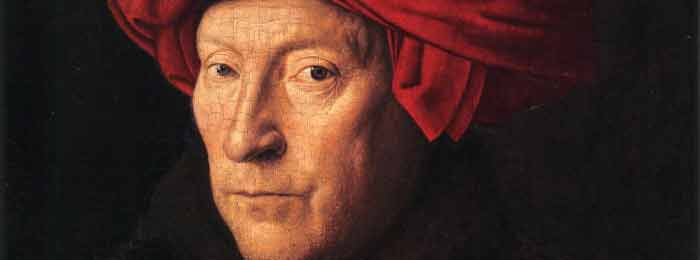
The Oil Painting Technique of Van Eyck
With Van Eyck, painting entered a new era. His new technical methods and discovery of a more a pliable medium his colors immediately freed the artist of his time from many of the restraints imposed by the rigidity of the earlier mediums.
Transparent glazes of Van Eyck’s oil painting technique allowed all the subtleties of the underlying layers of the painting to show through.
This glazing produces the same phenomena as colored glass. A red glass, for instance, does not show the full intensity of its color except by the luminosity of the ground which shows through it. Placed on the earth it will appear dark. Similarly, the quality of the color of a glaze that is placed over white will be intensified, whereas the same color placed over a dark ground will lose all of its brilliance. 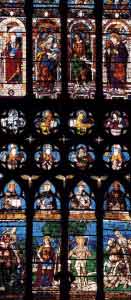
That the superimposing of colors produces different qualities of intensity and allows many more variations was a principle that had been applied in the stained glass work of the best periods of the middle ages. The greens were often obtained by placing a yellow glass over a blue one, set into the same mullions. This combination gave the color a more intense brilliance than if the glass had simply been of a green color. Sometimes the vibrations would be augmented by interposing a colorless glass between two colored ones.
In the same way, glazes make possible a greater range in the limited gamut of the palette. A violet that is without any vigor when it is made by the direct mixture of a blue and red, gains great luminosity when it is produced by placing a red glaze over a blue that is already dry–that is to say, when there is a superimposition of two colors instead of a mixture. Also, with the new oily medium, all the colors took on a much more mellowed brilliance than they had had with the pure tempera.
Although his discoveries completely revolutionized the painting methods of his time, Van Eyck himself, trained in the exigencies of stained glass and tempera painting, clung, even with these new methods at his disposal, to some of the conventions of the past. He still worked in many ways like a tempera painter. For example, he continued to place his ink drawing on his panel by means of the parallel cross hatchings used by the tempera painters to indicate the parts of the picture that were to be in shadow. And in his treatment of flesh, jewels and the folds of draperies, which he executed with the most meticulous attention to detail, there still lingered some of the old effect of tempera technique.
Compared to later methods, Van Eyck’s was slow and meticulous. It offered no possibility of improvisation since each part of the picture had to be gone over several times to arrive at the final effect. The execution was held back by the constant superimposition of glazes which sometimes gave the finished work the appearance of separate pieces, cleverly painted and carefully juxtaposed–similar in its effect to the tempera paintings. Nevertheless, the technique was indeed a very brilliant and permanent one and it allowed the artist many liberties that he had not experienced before these discoveries.
Painting had now received the sudden and powerful impulse that was to bring it finally to the great painting of the Renaissance. Technical means alone, however, were not sufficient for the creation of a really great art and much progress in many fields was )let to be made. Each generation that followed was to add another stone to the building of the great edifice. It was the work of Van Eyck’s successors, and the great achievements of the Renaissance as a whole, which brought about the perfection of both the techniques and materials of painting on the one hand, and of the artistic intelligence on the other.
- Receive 4 new videos monthly (12 in total)
- Incredible discount – $3,287
- Bonuses – Fine Art eBooks and Videos
- Personal coaching by Web Art Academy Tutors
- Web Art Academy Diploma of Excellence
- Full membership after the 3rd month
- Instant access to all Video Lessons and Bonuses
- Incredible discount – $3,321
- Bonuses – Fine Art eBooks and Videos
- Personal coaching by Web Art Academy Tutors
- Web Art Academy Diploma of Excellence
- Full membership from day one


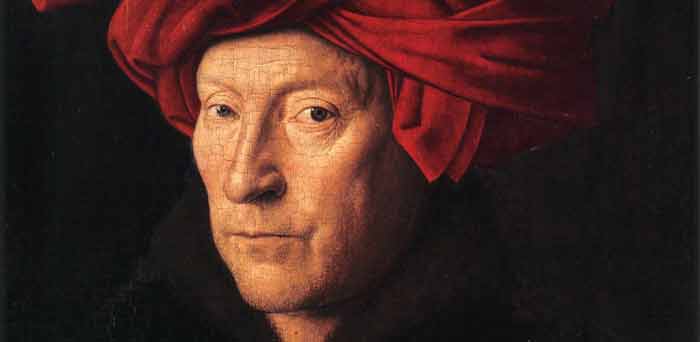
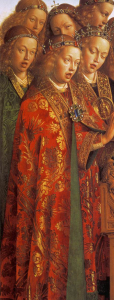
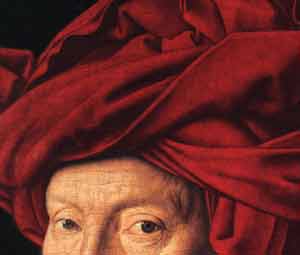
This Post Has 0 Comments